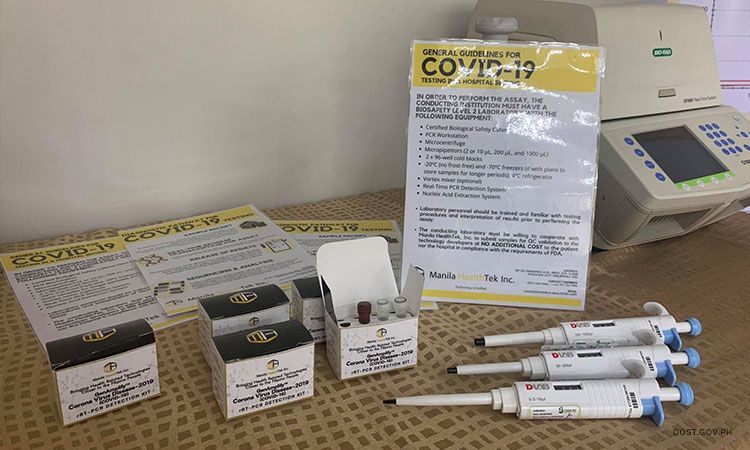RIO DE JANEIRO, BRAZIL – Ask leading doctors in Latin America’s largest cities if they trust the coronavirus numbers provided by governments and many will provide a disgraceful verdict: not one bit.
It’s like “walking blindly through the forest, because the official case numbers are not real,” said Francisco Moreno, head of internal medicine at ABC Hospital in Mexico City. “We don’t know where we stand on the curve,” he said of his country’s data.
Latin America, with over 620 million people in one of the most urbanized regions on the planet, for several weeks seemed – based on official data – to have escaped the worst of the pandemic. In total, the region’s governments have reported some 40,000 cases and 1,560 deaths.

But interviews with several health workers in six countries show the picture of an epidemic that – if not already out of control – reveals a very low number of tests and many underreported cases.
Although governments in Europe and the US have been criticized for not conducting tests quickly enough, the lack of kits in Latin America is much worse than in developed countries and underscores the challenges faced by governments as they all compete to secure medical supplies.
There are challenges throughout the region. In Argentina, the government adds cases thought to be negative through medical tests to those confirmed by tests. And in Venezuela, government guidelines still dictate that tests be available only to those who have traveled abroad or had contact with a suspected or confirmed case.
These issues reinforce the growing statements of health professionals, according to whom the outbreak can be much worse than expected.
With more than a third of Latin American infections, Brazil accounts for 13,700 confirmed cases, although testing corresponds to 258 people per million, according to the Worldometer statistics website. Mexico ranks last among the largest countries with only 159 tests per million people.
Based on what has been officially reported, the growth curves are not as aggressive as the rapid increase in cases in Italy, the US and other countries. They also refute what is known about a virus that has been described as “insidious” because of the stealthiness with which it spreads.
Near the other end of the spectrum is Ecuador, which tests approximately 740 cases per million people. Last week, President Lenin Moreno acknowledged the big gap between reality and the data released when he said: “Surely we have tens of thousands of infections”. The official count in Ecuador at the time was 3,163 cases.
Bodies are left on the sidewalks of the port city of Guayaquil, as emergency teams struggle to collect the dead. Gabriela Reyes said that on Friday she and her family were unable to get anyone to remove the body of her uncle, who died on March 28th.
“He’s in my grandmother’s bed in a cooled room with air conditioning,” she said over the phone.
The situation is compounded by deeply rooted issues that have plagued some countries in the region for decades: saturated health systems, fragile institutions and a penchant for altering data and statistics.
It is possible that the epidemic in Latin America is not behaving in the same way as in other regions. It may also be the case that quarantines decreed at the very beginning of the outbreak have contained the spread. But without further testing and reliable data, the interviewees said, there is no way to be certain.
In Brazil, the Ministry of Health stated by e-mail late last week that the government could not provide an exact number of tests, only that 54,000 of the RT-PCR kits, which are more reliable, were distributed.
The distribution is greater for so-called rapid tests that check for antibodies instead of the virus and are not considered as accurate.
“Our capacity to test the Brazilian population, of 210 million, is far below what is required,” said Eliana Bicudo, an infectologist and medical consultant with the Brazilian Society of Infectology.
In Mexico, at least 44 American tourists tested positive after visiting Los Cabos, in Baja California, during spring break. But the state’s official count at the time was only 18 cases.
Colombia, Peru and Chile are among the countries dealing more effectively with the crisis. Carlos Enrique Trillos, an epidemiologist and professor of medicine at the Universidad del Rosario in Bogotá, described the data released by officials as “rigorous”.

